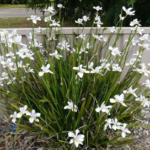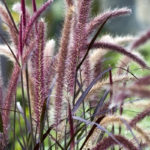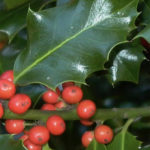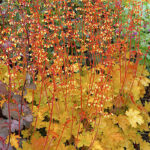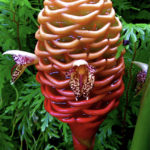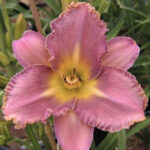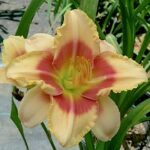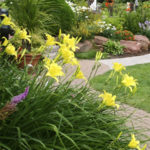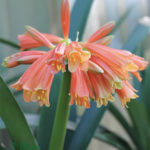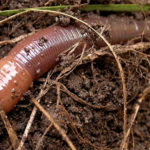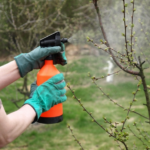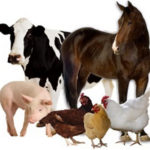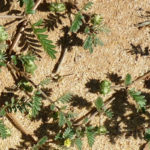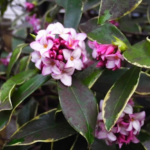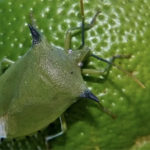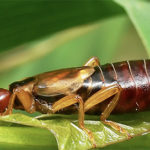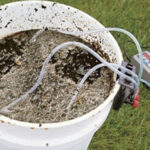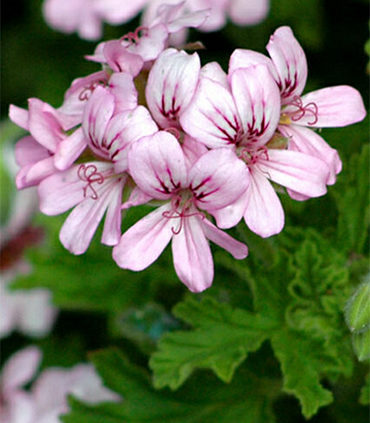
Scented Leaf Pelargoniums Care
Scented Pelargoniums Grown Mostly For Their Fragrant Foliage
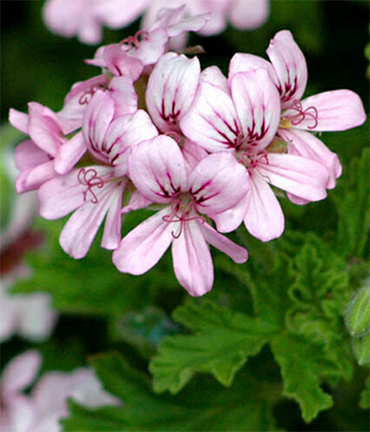 Scented Pelargoniums is a genus of flowering plant belonging to the family Geraniaceae. These are not called scented geraniums. You know and I know that Scented Geraniums do not exist! So why call them scented geraniums? They are scented Pelargoniums different from the True Geranium or Cranesbill. Scented Pelargoniums are semi-woody perennials which are native to the Cape of Good Hope in South Africa. Scented Pelargoniums are well known for their aromatic foliage and have less showy flowers when compared to True Garden Pelargoniums, zonal pelargoniums, ivy leaf pelargoniums, regal pelargoniums, fancy leaf pelargoniums or the angel pelargoniums. According to the fragrance, pelargoniums are divided into different groups such as rose fragrant, lemon fragrance, mint, spice, fruit and nut fragrant, oak-leaved, etc. Different varieties with different shapes and texture of leaves and flower colours are also present. They are perfect for your balcony and patio.
Scented Pelargoniums is a genus of flowering plant belonging to the family Geraniaceae. These are not called scented geraniums. You know and I know that Scented Geraniums do not exist! So why call them scented geraniums? They are scented Pelargoniums different from the True Geranium or Cranesbill. Scented Pelargoniums are semi-woody perennials which are native to the Cape of Good Hope in South Africa. Scented Pelargoniums are well known for their aromatic foliage and have less showy flowers when compared to True Garden Pelargoniums, zonal pelargoniums, ivy leaf pelargoniums, regal pelargoniums, fancy leaf pelargoniums or the angel pelargoniums. According to the fragrance, pelargoniums are divided into different groups such as rose fragrant, lemon fragrance, mint, spice, fruit and nut fragrant, oak-leaved, etc. Different varieties with different shapes and texture of leaves and flower colours are also present. They are perfect for your balcony and patio.
Uses Of The Plant
Apart from being aromatic the plant is edible and is used in the kitchen. The leaves are used to make flavoured tea, baked goods, jellies, jams, puddings, custards, wine, etc. They are also used for aromatherapy. The leaves can retain the fragrance for years and can be used dried and crumbled. They are made into potpourri or filled in sachets and are used to perfume bathwater. They are also used as room fresheners.
Growing Scented Pelargoniums
You can grow these aromatic plants in pots or containers indoors or outdoors or in the garden bed.
- These plants require a lot of sun, but needs some protection from the strong summer heat.
- The plant needs light soil with excellent drainage and a pH of 6 to 7.
- Water the plant only when the soil is dry to touch. During the active growth period, this plant requires light fertilisers.
- To maintain bushy growth, the plant needs to be trimmed regularly.
- It is easy to grow Scented Pelargoniums from stem cuttings.
- Older plants will produce fewer shoots and leaves.
Propagation Using Cuttings
Propagation of Scented Pelargoniums from seeds is a difficult task. You can take the stem cuttings from the main stem which are 3-4 inches long and with at least four leaf nodes for rooting. Remove the leaves from the bottom quarter of the stem cutting and plant them in well-drained rooting medium. Keep the medium moist till the stem gets rooted. Transplant to the growing medium and set them out, when there is no danger from the frost.
Pruning
You can make the pelargonium plant look full and bushy by pinching or pruning the plant occasionally. When the plant grows large to reduce the stems just prune it back. The best time to prune these plants is during spring. Pruning in spring will give the plant enough time to set new buds and produce flowers.
The Best Fertiliser For Scented Pelargoniums
These plants require very less feeding and low fertiliser levels to improve the fragrance of the leaves. Potted plants may require some excess feeding than the one grown in the ground. Use a balanced fertiliser at 50% dilution for potted plants during spring and once in 3-4 weeks during summer. Do not apply fertilisers during winter. Too much nitrogen application causes weak growth and loss of fragrance.
Yellow Leaves In Scented Pelargoniums
Overwatering or excessive moisture causes yellowing of the leaves. They will also develop pale water spots when over watered. Stop watering the plant and allow the soil to dry out. Cool, wet weather can also cause yellowing of the leaves.
The difference between Pelargoniums and Geraniums are Pelargoniums are frost tender and need shelter and Geraniums are not frost tender.


